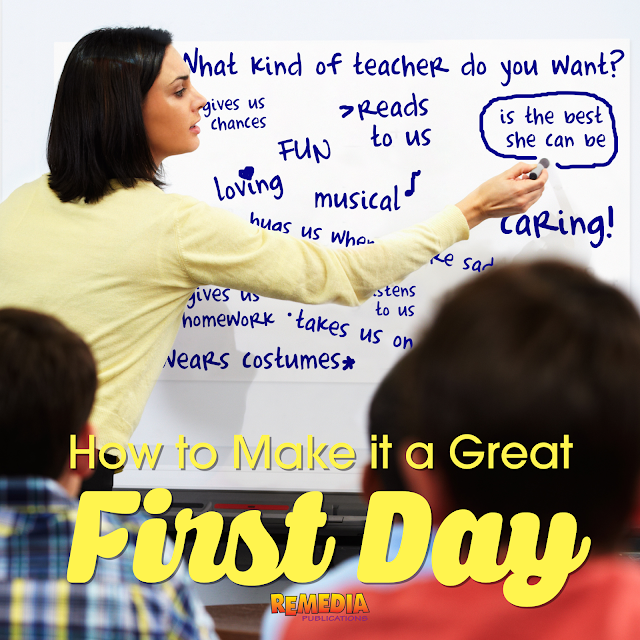Handshake
This simple gesture gives each student some initial one-on-one attention that they will appreciate—young or old. Greeting your students at the door with a firm handshake is a great way for you to get a head start on learning their names, welcoming them to a new classroom, and instructing each where to take a seat. Plus, it's never too early to teach children how to properly greet someone.
Pass the Hula-Hoop
This team-building exercise is perfect for the whole class (including you) or for smaller groups. How to Play: Place a Hula-Hoop over one student's arm, and instruct everyone to join hands. Without letting go of anyone's hand, the team must find a way to move the hula-hoop all the way around the circle.
Wear a Disguise
This is a fun way to build into your science lessons for the year. You can go as simple or elaborate as you’d like. The point is to make your students believe that this is how you really look. The best way to go about this is to wear a set of Austin Powers/funky teeth. Wear them with pride, like these are your real teeth—sell it. After you’ve introduced yourself to your students (looking a bit ridiculous and probably slurring your speech), tell them you are going to jump right into the first activity. Great scientists have very good observation skills, so you want them to work on making observations. Ask the class to describe you. What do you see? What color is my hair? Do I have glasses? What color are my eyes? Am I tall? Am I short? What am I wearing? What do my teeth look like? You may have to prompt them and encourage them to make observations about your funny teeth. When you’ve gone through this mini-exercise on making observations, you can reveal your true identity and remove your teeth. Expect a few gasps and a big laugh! Now ask your students to turn to a partner and write five things they can observe about their partner. Encourage them you use one more sense besides sight.






